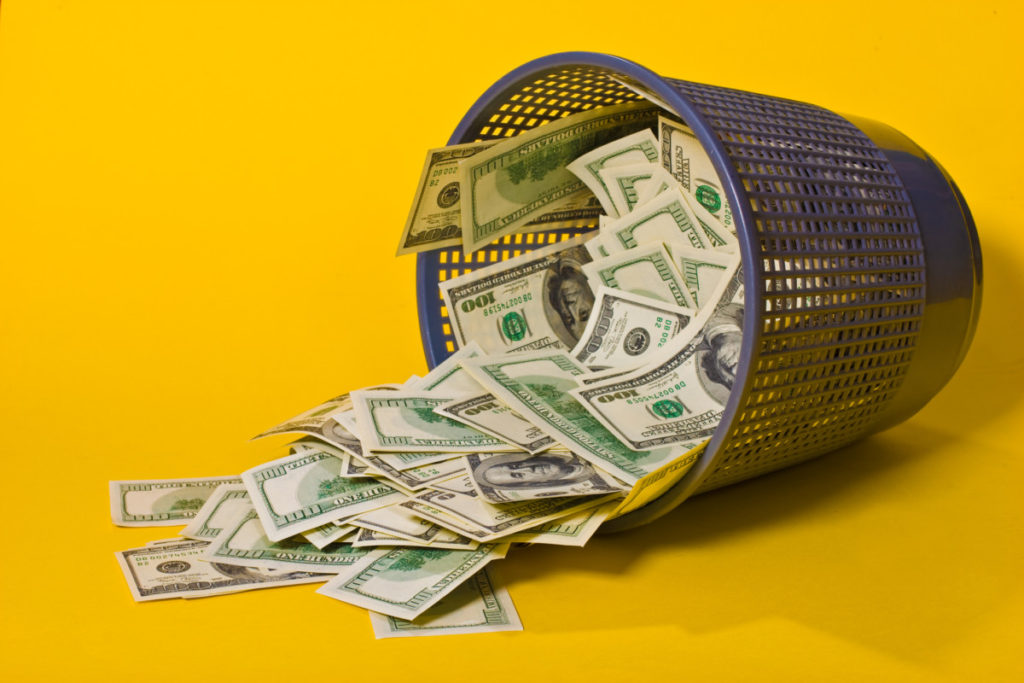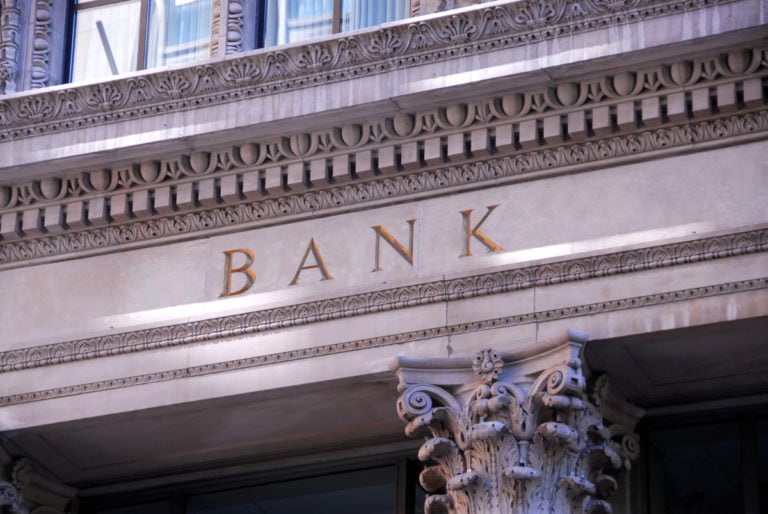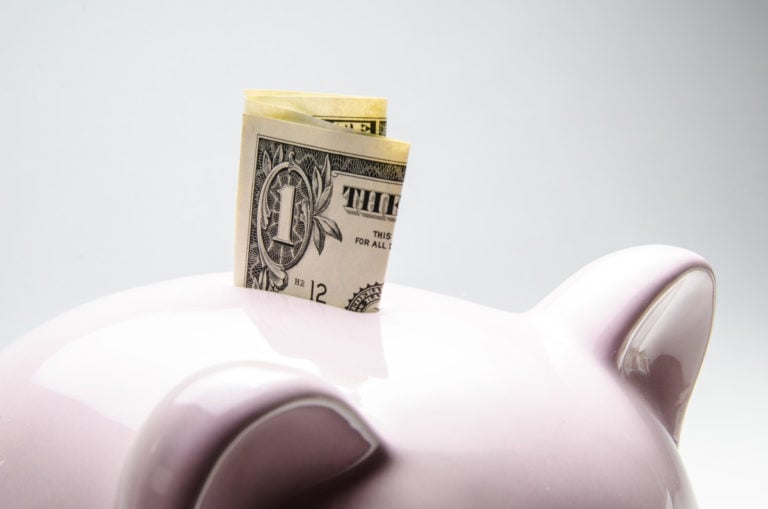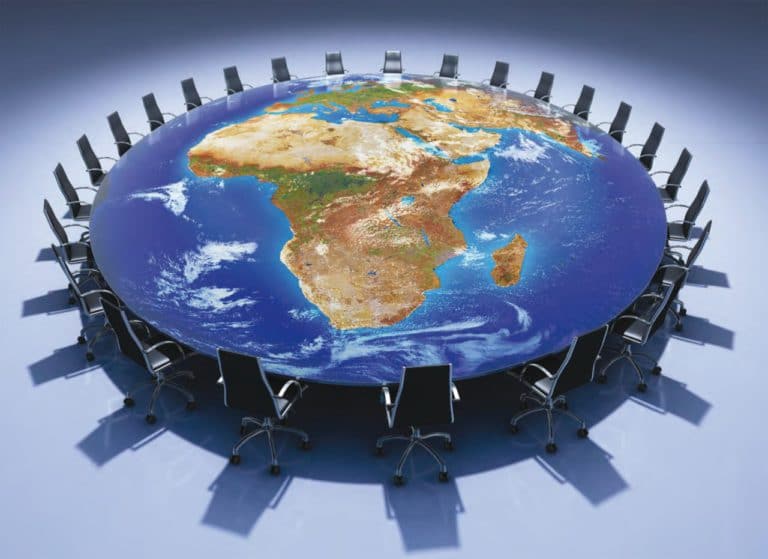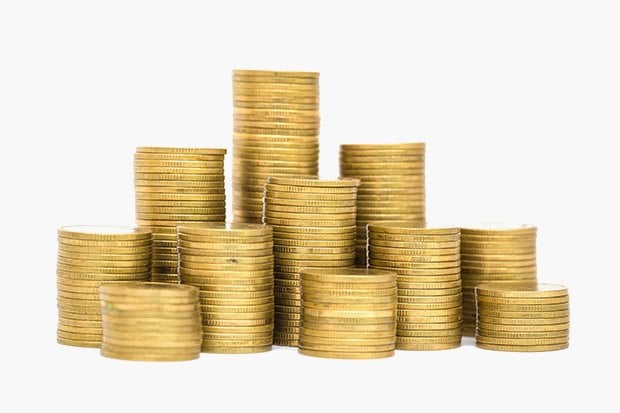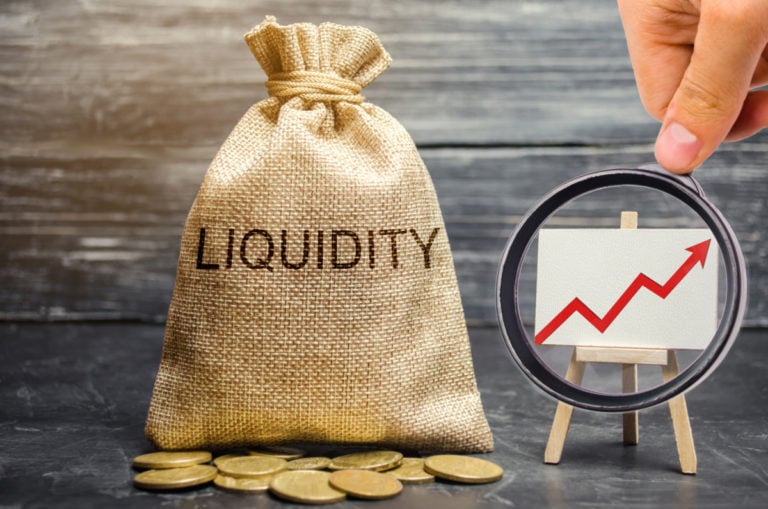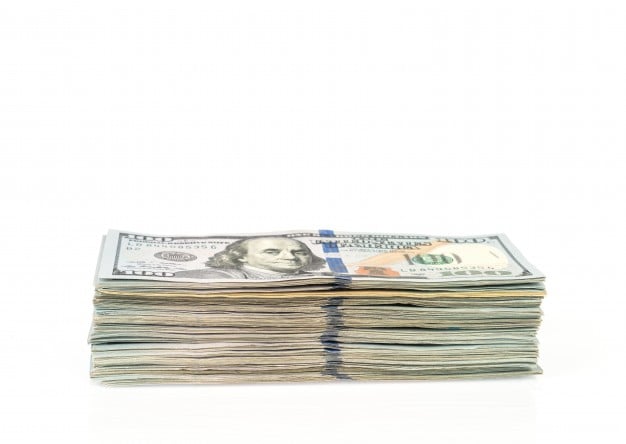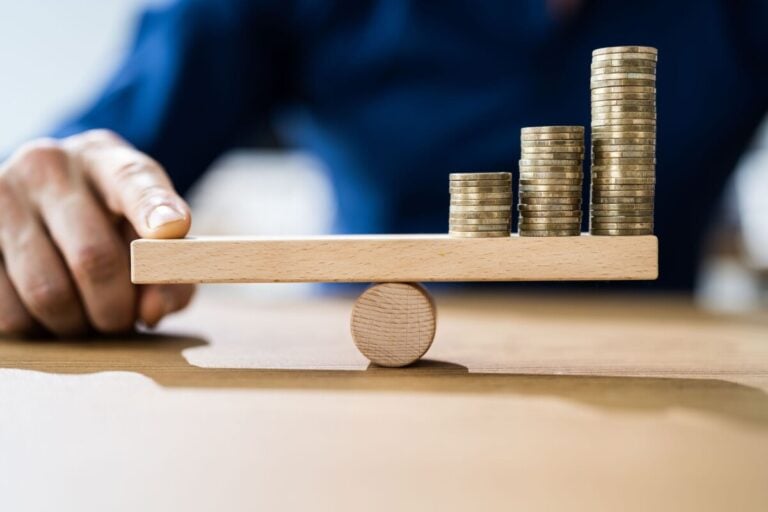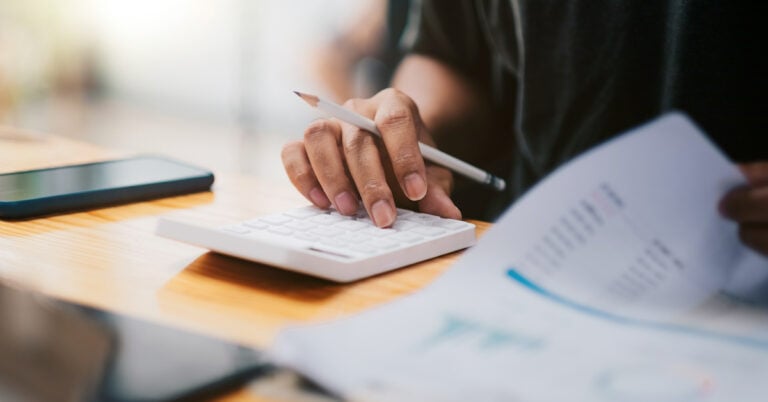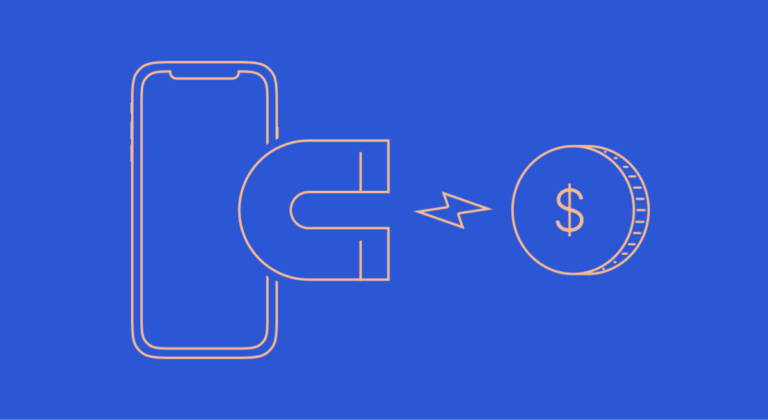For the first time the concept of inflation is found in the American and European economic literature of the 60s of the XIX century.
Initially, this term denoted the process of increasing the money supply, accompanied by an increase in commodity prices and the emergence of a disproportion between supply and demand, but this definition was too general and did not express the socio-economic specifics of this complex phenomenon. The study of various aspects of inflation, which lasted more than 150 years, made it possible to integrate disparate data into a coherent theory.
Causes and types of inflation
An analysis of the mechanisms of price increases, as well as the emergence of a disproportion between goods and the money supply, in favor of the latter, allows us to identify the following factors of inflation:
- a sharp increase in the amount of money to cover the costs of the state during wars, economic crises and other cataclysms;
- massive use of unsecured currency for the implementation of credit programs;
- lack of price regulation mechanisms for monopoly products, especially in the primary industries;
- the influence of trade unions, whose activities block the mechanisms of natural regulation of workers’ wages;
- decrease in the state’s GDP while maintaining the volume of money supply;
- increasing taxes and duties while maintaining the same amount of money supply.
There are several approaches to the classification of this phenomenon (according to the rate of occurrence, by reasons, by the nature of the manifestation), but we will consider only the most common types of inflation:
- demand – supply does not keep up with demand, resulting in a shortage of goods leads to a depreciation of the currency;
- supply – an increase in the cost of producing a unit of goods leads to a decrease in production volumes while maintaining demand;
- balanced – the cost of goods increases, while maintaining the same proportions among themselves;
- unbalanced – when prices rise, the proportions of their value are violated;
- forecast – expected increase in prices;
- unpredictable – price growth starts suddenly;
- stagflation is a situation in which a decline in production coincides with an increase in prices;
- adapted customer expectations – changing consumer strategies in favor of growing popularity of individual goods and services;
- Agflation is an increase in prices for agricultural products.
Inflation and rising prices
Depending on the rate of price growth, economists distinguish the following levels of inflation:
- Crawling.
- Galloping
- Hyperinflation.
Creeping inflation is accompanied by a moderate rise in prices. The maximum rise in prices in such conditions does not exceed the level of 10%. For the economy, creeping inflation is most acceptable due to the fact that in such conditions there is a natural adjustment in prices for goods and services. In addition, this inflation rate is correctable and allows long-term forecasts to be made.
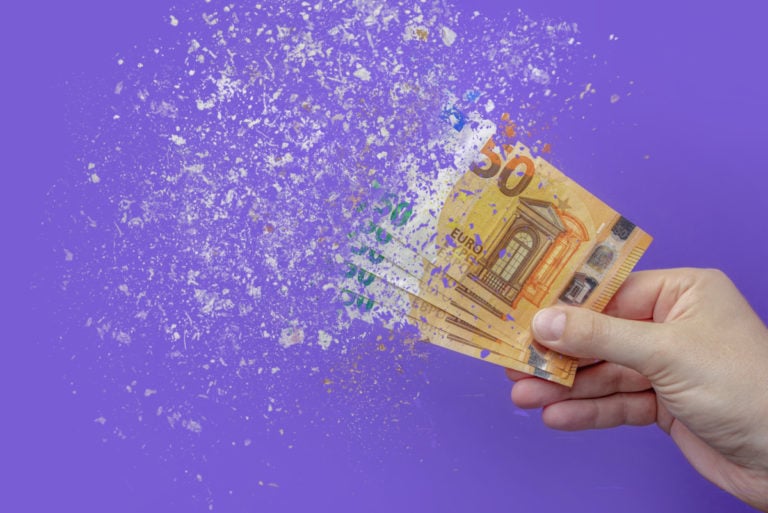
Galloping inflation is less predictable and is accompanied by price hikes of 10 to 200% on an annualized basis. The rise in the cost of goods occurs in leaps and bounds. Obvious signs of the transition of inflation to this level are the presence of additional clauses in contracts that take into account price fluctuations, as well as an increase in sales of material assets.
Hyperinflation is much less common and is accompanied by an increase in prices exceeding 500% on an annualized basis. In this case, only prompt measures taken by the state can save the economy. Hyperinflation is characterized by a complete imbalance of the country’s economy, which, if the regulator does not act, can lead to the bankruptcy of the state. The absolute record for hyperinflation belongs to post-war Hungary, where prices rose 200 times every month.
Relationship between inflation and unemployment
There is an inverse relationship between inflation and unemployment. The increase in the number of jobs is accompanied by an increase in the income of the population and an increase in demand for certain goods and services. In turn, this leads to a decrease in the amount of unused resources and demand inflation.
An increase in production volumes in such conditions becomes possible only due to a decrease in the incomes of other industries. The paradox of the situation lies in the fact that it is possible to reduce the rise in prices only by increasing unemployment and limiting the purchasing power of the population.
If the economy starts at a point of approximate equilibrium between the purchasing power of the population and the amount of resources involved, then in the short term there will be a natural expansion of production.
Companies will make a profit, but at the same time there will be an increase in prices. Inflationary expectations also stimulate wage increases. After some time, production will begin to decline and return to the previous level, but prices will remain at the same level.
What impact does inflation have on income
Rising prices have a negative impact on the purchasing power of consumers. At the same time, the amount of money may grow, but the disproportion between nominal and real incomes continues to grow.
Nominal income is the amount of money for a certain period.
Real income is the amount of goods and services that can be purchased for a certain amount.
Inflation has an additional impact on the income of enterprises. Financial transactions are often stretched out in time, so the nominal profit received in one time period can quickly lose its real value. In this case, the optimal strategy for the organization is to reduce the time lag between the shipment of goods and receipt of payment.
The impact of inflation on prices
There are several approaches to pricing:
- cost accounting method;
- taking into account competition in the market;
- customer orientation.
In each of the above cases, inflation has a different effect on the cost of goods. With a cost orientation, manufacturers must raise prices in proportion to inflation in order to maintain production profitability.
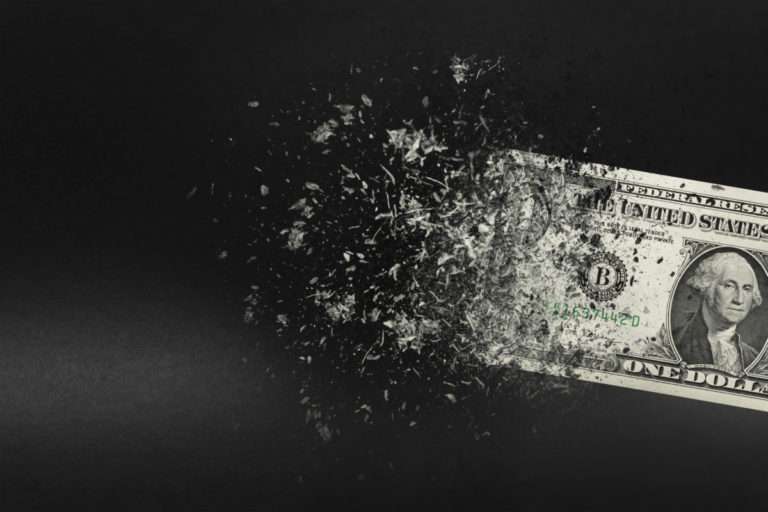
If the cost of goods is determined on the basis of prices set by competitors, then during inflation it is rather difficult to predict its growth. Producers will take into account the real incomes of the population and the level of decline in purchasing power. Orientation to the consumer allows you to freely form prices for goods, focusing on the income of potential customers.
The impact of inflation on the country’s economy
The impact of inflation on the market and the country’s economy as a whole depends primarily on its type and intensity. Inflation at the level of 2% per year indicates the establishment of price stability.
Inflation acquires a significant impact on the economy after overcoming the level of 2%. Creeping inflation (from 2 to 10%) is controllable and can be useful for activating the mechanisms of natural regulation of supply and demand. In addition, in conditions of creeping inflation, the country’s economy is predictable.
Galloping inflation leads to market disorientation, a reduction in production, a drop in household incomes and an increase in inflationary expectations. Hyperinflation leads to the paralysis of social institutions, the complete degradation of industry, and often to the collapse of the state system of the country.
Reducing inflation
Inflation largely depends on the behavior of market participants. Therefore, the policy of reducing inflation is primarily aimed at lowering inflationary expectations of the population. Confidence in government monetary policy is a key factor in influencing market participants.
In addition, the following measures to reduce inflation have proven to be effective:
- establishing control over cash flows;
- restrictions on buying currency;
- sale of foreign exchange assets within the country;
- stimulating the growth of unemployment in the country;
- reducing government spending on infrastructure projects and social benefits.
